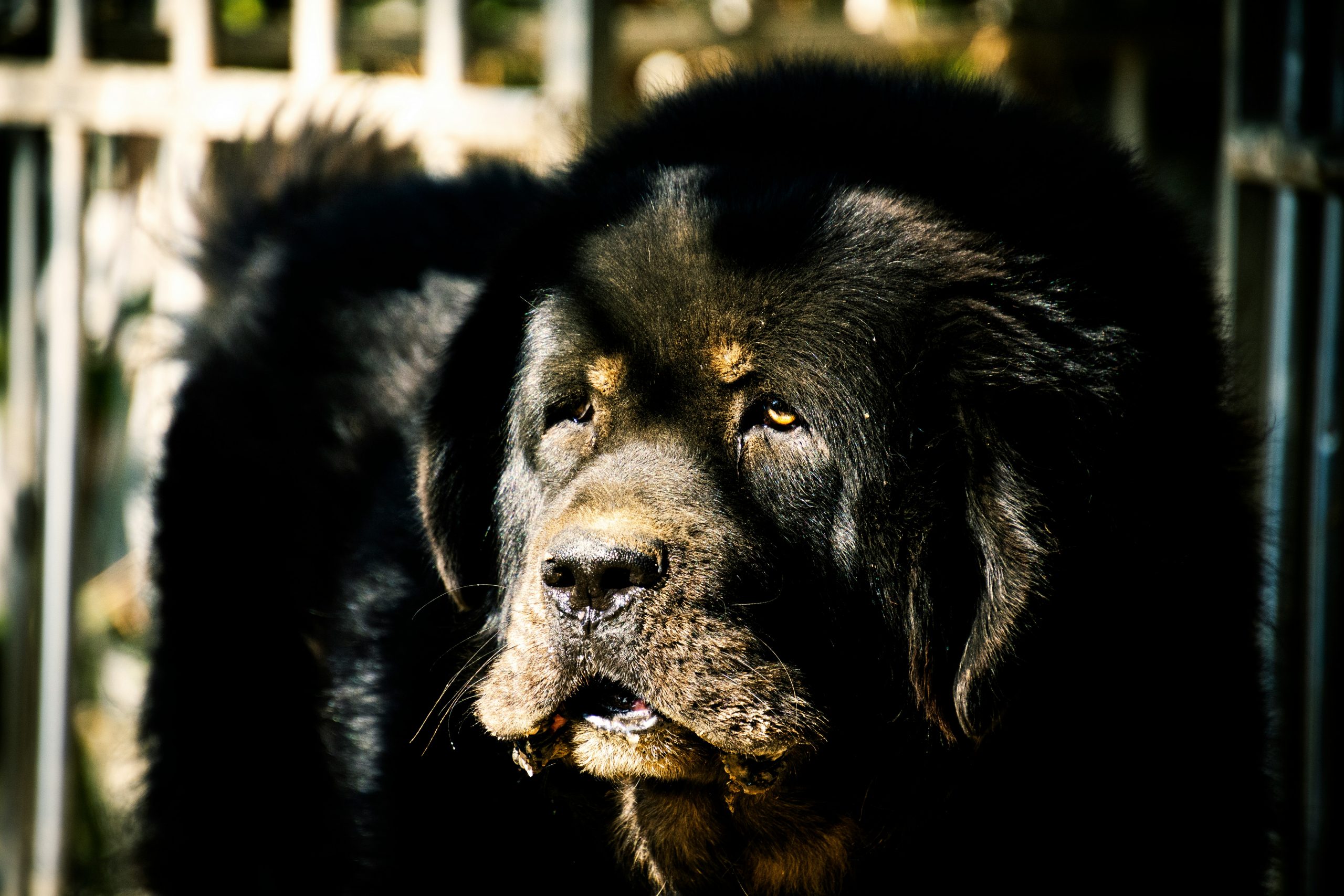Editor’s note: Dr. Lee Pickett has retired, but Creators continues to distribute columns from her archive. This is from 2020.
Q: Kip, my retriever mix, loves to swim in a nearby lake, even during the winter. The water recently turned green, so I kept him out. If the lake is green the next time we hike there, is it safe for him to swim?
A: I recommend Kip stay away from green water, because the color may mean it’s contaminated with blue-green algae called cyanobacteria.
Of the 2,000 species of cyanobacteria, 95 produce potent toxins that quickly sicken or kill domestic animals, wildlife and humans.
Cyanobacteria can live in fresh or salt water — lakes, ponds, retention basins and backyard fountains — throughout the year. However, populations thrive when water is warm and calm, especially after a rainfall washes fertilizer and other nutrients in from nearby lawns and fields.
Water contaminated with cyanobacteria usually appears pea green but sometimes can be clear. Often green or blue-green mats of algae float on the surface.
Poisoning occurs when the animal ingests contaminated water, algae mats or fish. It can even develop after inhalation of airborne water droplets or skin contact.
The toxins are released as the cyanobacteria are disturbed, when the algae mats are damaged or in the presence of stomach acid. The toxins are quickly absorbed and circulated throughout the body, causing liver damage and neurotoxicity.
Clinical signs begin within minutes to hours and include diarrhea, weakness, muscle tremors, rigidity, paralysis and seizures. Death can occur within a few hours.
So play it safe: Prevent Kip from drinking, wading through or swimming in green water.
Q: My elderly cat, Archie, has been taking a joint supplement for his osteoarthritis. It’s getting worse, so his veterinarian recommended two medications. I don’t take drugs myself unless there’s no alternative, so I’d rather try something more natural on Archie first. What do you recommend?
A: Ask for a referral to a veterinarian who practices acupuncture or laser therapy. Both can help osteoarthritis, also called degenerative joint disease or DJD.
Acupuncture, the insertion of extremely thin needles into specific locations on the pet’s body, is very effective at decreasing the pain associated with DJD and improving joint function.
While nearly every dog I treated seemed to love the therapy, only about half my feline patients were as enthusiastic about the needles.
If Archie resists acupuncture, consider laser therapy. The instrument used is sometimes called a low-level laser or a cold laser, to differentiate it from a surgical laser.
The formal name for laser therapy is photobiomodulation, or PBM, therapy, because it uses light (photo-) that is absorbed by cells within the body (-bio-) to produce a beneficial therapeutic outcome (-modulation).
Laser, or PBM, therapy reduces pain and inflammation, decreases cartilage degeneration, increases joint strength and mobility, improves circulation, promotes tissue regeneration and accelerates healing.
For both acupuncture and PBM therapy, most pets with DJD begin with two or three treatments a week for the first two or three weeks, after which treatments are gradually spread out as appropriate for the individual pet. Maintenance therapy usually consists of one treatment every three to eight weeks.









